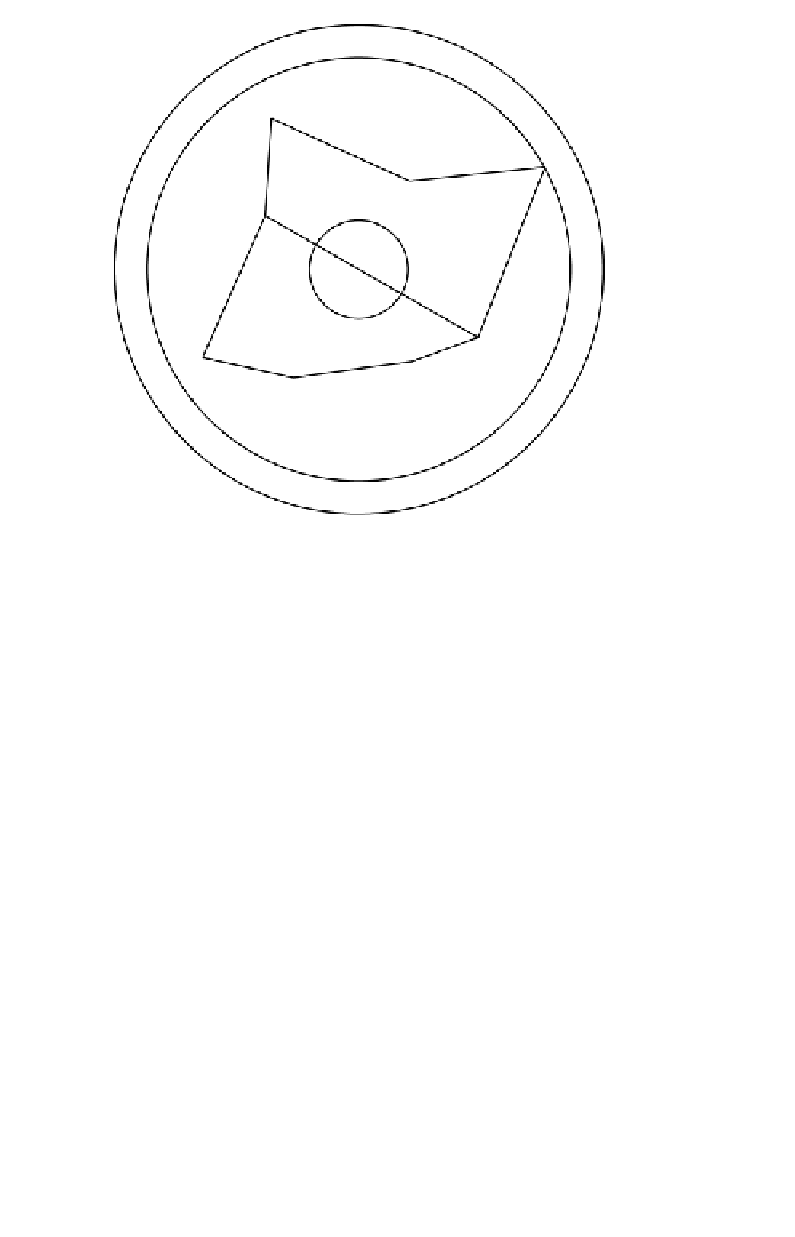Environmental Engineering Reference
In-Depth Information
Environment
Good governance
Connectivity
Equity
Figure 9.5
Illustration for a neighbourhood or community
Graphic representation and coding are simple ways of communicating a message
and changing mindsets. Eco-labelling may help raise awareness about the nature and
impact of consumption. Who now buys a D-rated fridge? And, although there may
be many issues to do with product labelling, particularly regarding foodstuffs, where
nutritional value as well as origin may be important, the idea of the label or kite
mark signifies the use of indicators as key elements in communicating sustainability.
The European Ecolabel Scheme was launched in 1992, aiming to establish a credible
and generally recognized sign across the European Union. The flower emblem can
be applied to both goods and services and can be seen in all twenty-seven EU countries
as well as in Norway, Iceland and Liechtenstein. Its basic aims are:
•
to promote the design, production, marketing and use of products which have
a reduced environmental impact during their entire life-cycle; and
•
to provide consumers with better information on the environmental impact of
products.
Making indicators, kite marks and logos resonate with everyday life experience
enables them to be readily recognized and understood. The Cradle to Cradle product
certification programme, started in 2005 by William McDonough and Michael
Braungart, and since 2010 administered by the non-profit Cradle to Cradle Products
Innovation Institute, takes a comprehensive approach to the design and manufac-
turing practices of products. The materials and manufacturing of a product is assessed
according to five categories: material health, material reutilization, renewable energy
use, water stewardship and social responsibility. The Fair Trade Association, Soil




